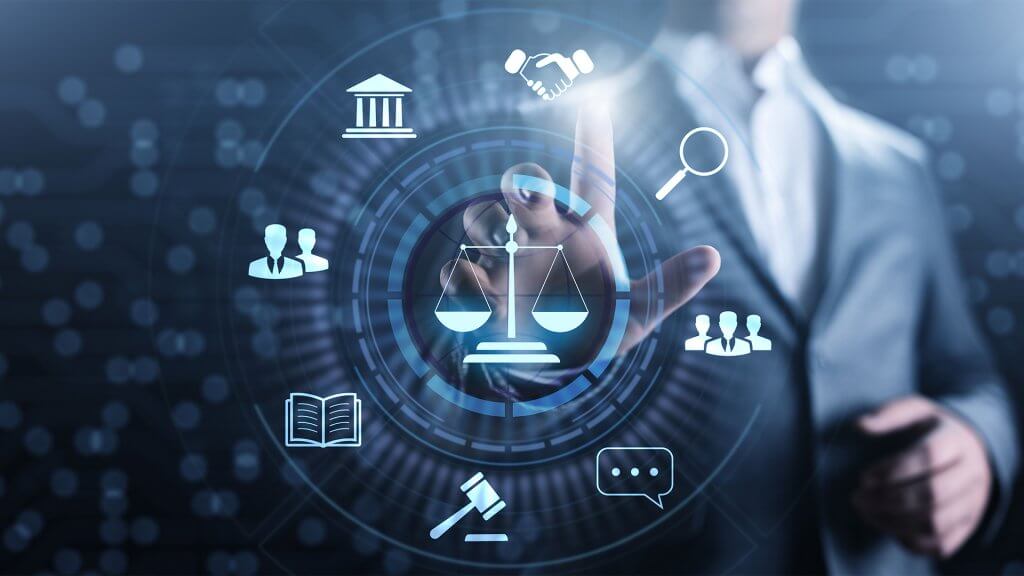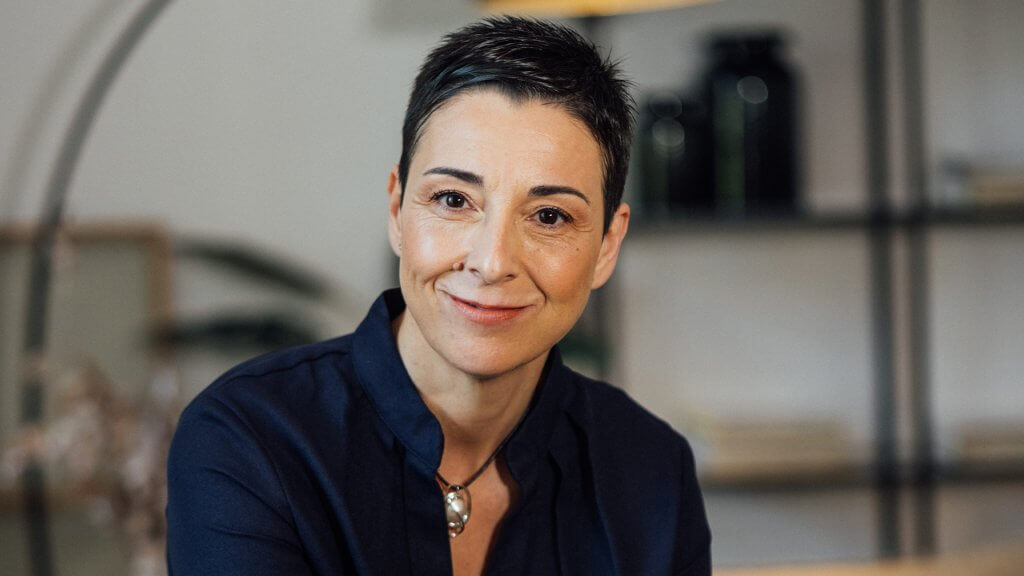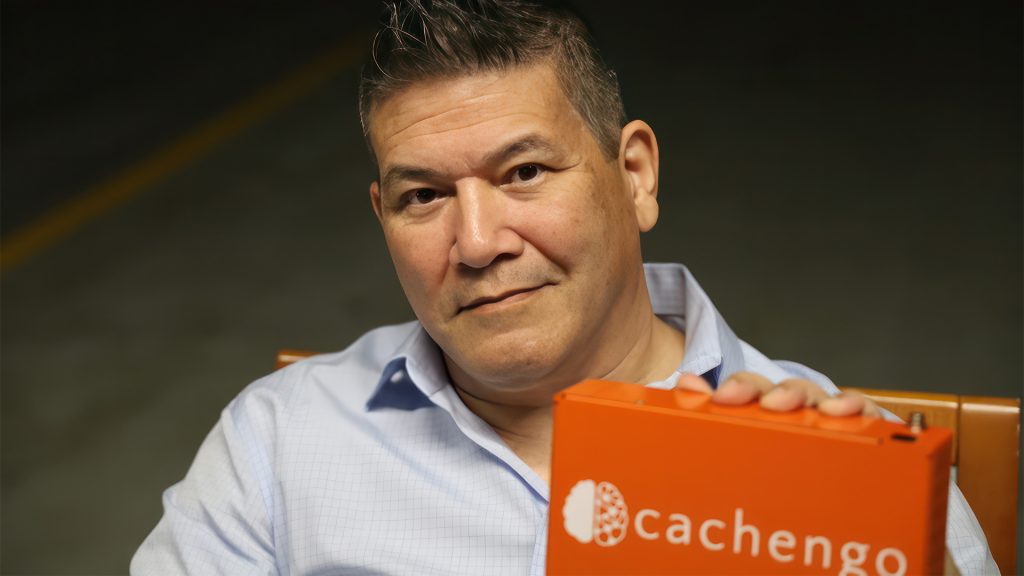Trigger Warning: This article mentions child sexual abuse and drug use.
Journalism has existed ever since people first banded together in complex social groups. From cave drawings telling primitive band communities about discoveries and new hunting grounds, the town crier shouting breaking news through Edwardian streets, to the independent journalist, researching a story and self-publishing online.
Today, journalism is as much defined by the journalists themselves as it is by who they write for. The varied styles and methods of journalism carry immediate implications to the consumer. Yet, in the modern age technology has advanced that news can be created, rather than found. Accessibility to journalistic knowledge need not be a barrier to entry these days either, with educational bodies offering a range of qualifications and delivery methods, even including an online masters degree in journalism
Yet in a world where technology has gotten to the point where news can be created, what does this mean for the world of journalism? Where a person’s face can be plastered onto a digital rendering with absolute believability, how can anything be trusted or verified when everything can be faked?
What Are Deepfakes?
Without wanting to demonize AI more than it already is without acknowledging the myriad of benefits that machine learning has brought to humanity in recent years, however deepfakes are an AI technology.
Specifically, so-called “Deepfakes” are a portmanteau of “Deep Learning” and “Fakes.” Deep learning is an AI model where a computer learns by example, an incredibly human process and how we do most of our learning. This is achieved by feeding the computer input that it classifies by its myriad components. For example, an AI undergoing deep learning might learn to recognise a stop sign by the color red, the word “STOP” in white capital letters, and a hexagonal shape. The AI has learned to recognise a stop sign by these parameters, red, stop, hexagon.
What happens when you present that same AI with a circular stop sign?
The same thing that would happen when you present it to a human. The computer compares available data to the new data, and concludes that although it is circular, the new sign is indeed a stop sign. It then adds the information “stop signs can also be a circle” to its database.
“Deepfakes’ ‘ use this system to impart a person’s likeness onto existing source content, however they can also be used to create entirely original content such as photos and videos. Deepfakes have proven both entertaining, and harmful. While many people use deepfakes for legitimate entertainment purposes the problem is that people can now create whatever content they want, with whoever’s face. This has led to major concerns with child pornography, and even in geopolitics, when in 2022 someone created a video of Volodimir Zelenskyy telling his troops to stand down against Russia.
Although the Zelenskyy deepfake isn’t the best, deepfakes are getting harder and harder to distinguish from reality as the technology improves all the time.
Journalism in the Deepfake Age
Journalism is a career dependent on the happenings of the world, usually political but also covering celebrity, sports, entertainment, and industry news.
So what happens when an impeccable deepfake comes out of an industry leader announcing liquidation of the company? When do the world’s stocks rise and fall in accordance with such an announcement? Former President Donald Trump’s inane rallying cry of “fake news” may start to bear a little weight.
However, according to research and fact checkers, it appears that deep fakes may be more manageable than initial impressions lead us to believe. A study released in March 2023 shows that although deepfakes are increasing in sophistication, the most convincing models are used in a “satirical context,” rather than a socially/politically motivated one.
It also appears that deepfakes within the latter context just don’t cause that much damage. Already, we’ve had a deepfake of a major world leader surrendering in a war, we’ve had a deepfake of New Zealand’s Former Prime Minister Jacinda Ardern doing drugs, and out of those, we’re more willing to bet that it’s more likely you’ve heard of Tom Cruise asking if we mind if he “play[s] some sports.”
The truth is that while deepfakes are getting more prevalent and higher quality, the end result is the same for journalists as it always has been – fact checking. While the presence of deepfakes does make the process of fact checking harder and require additional effort, the fact is that it was always a necessary step in the journalistic profession. The only difference is that now there is a greater urgency to verify claims made by deepfakes.
In short, it is the presence of deepfakes themselves that renders them so unthreatening to the journalism profession. Zelenksyy may have appeared to be surrendering to the invading Russians, but as soon as the story was out there, it was refuted with the same speed that it was published.
Ultimately, What Changes?
Honestly? Not a lot. Deepfakes in one sense or another have always existed, they just weren’t as sophisticated as they are now. In early days a deepfake might have been considered a fraudulent study, such as The Kallikak Family: A Study in the Heredity of Feeblemindedness, a book that went on to spearhead the eugenics movement. A more recent example of a pre-AI deepfake could be the study by Andrew Wakefield linking the MMR (measles, mumps, rubella) vaccine to autism.
The results and repercussions are the same. When engaging in journalistic practice there must be a strong dedication to the truth, and therefore fact-checking must be the first and final step in all journalism publications. Deepfakes don’t determine whether or not journalists lie, and it certainly doesn’t give them a free pass to make whatever claims they want. Rather, it just places more weight and importance on the fact-checking process than there ever has been before.
Otherwise, journalism works the same way it always did.




















